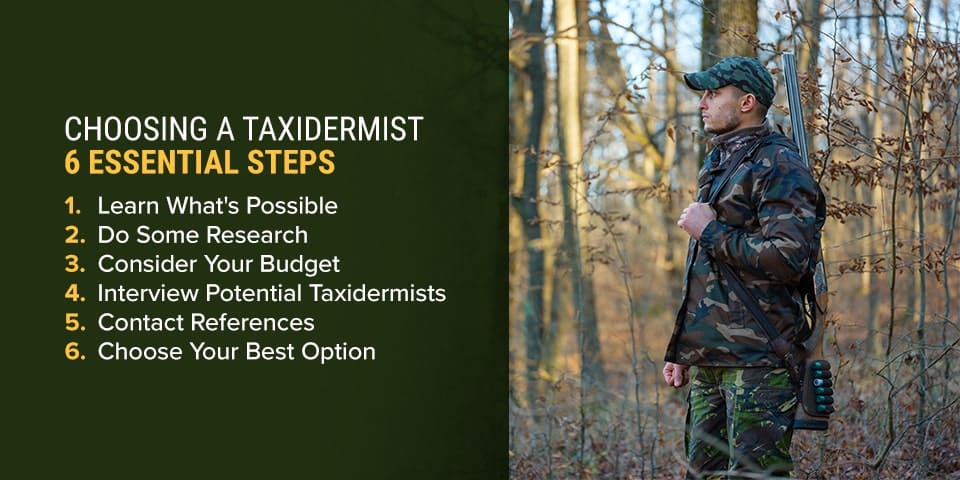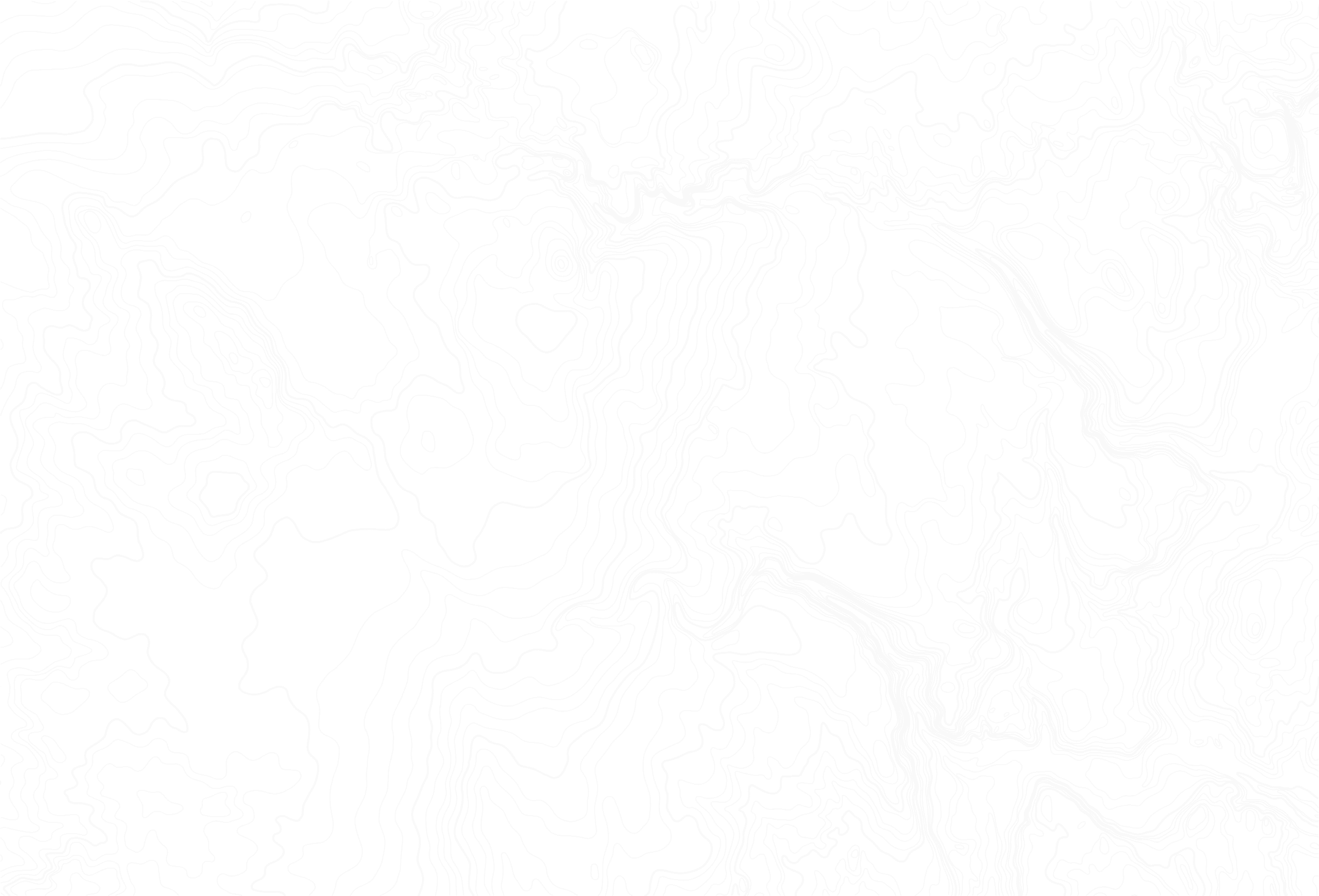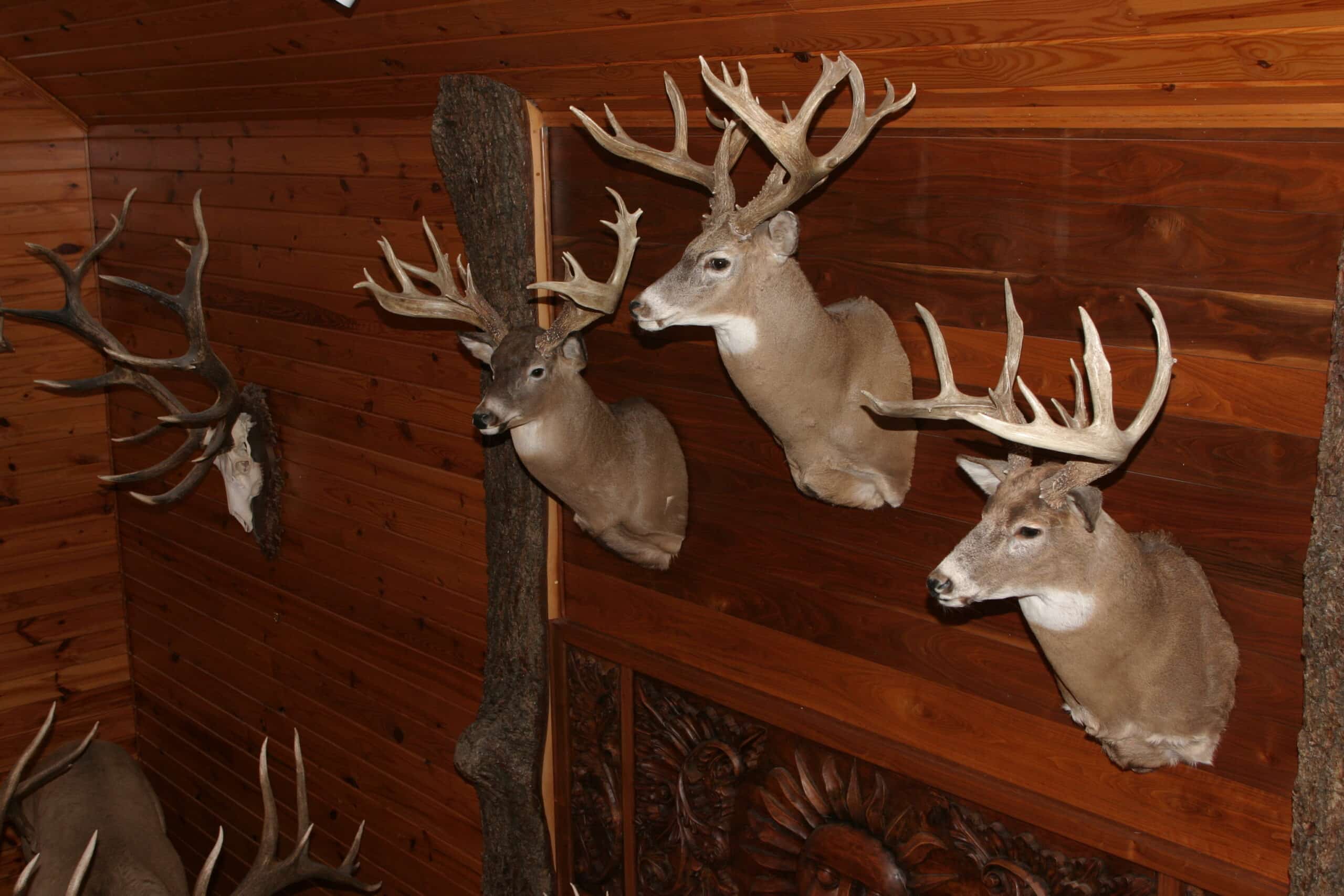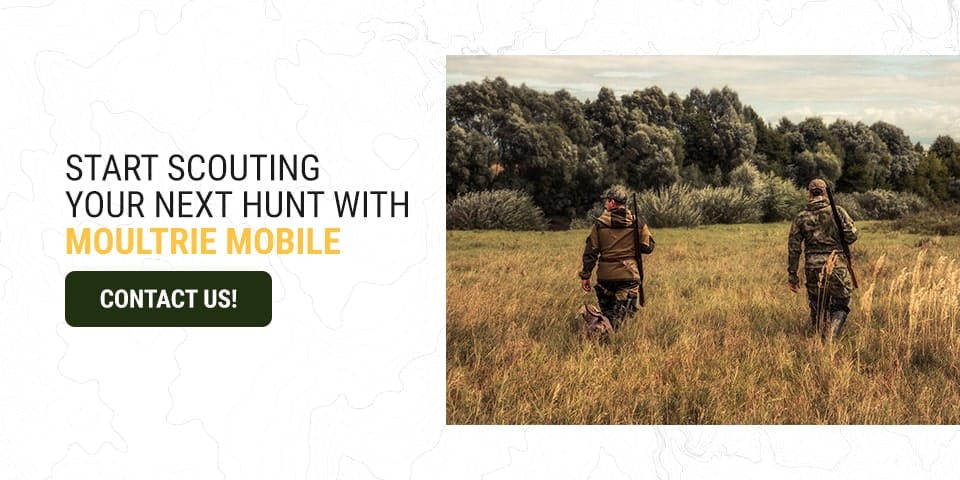How to Choose a Taxidermist
Taxidermy is an intricate craft that involves preserving an animal by stuffing or mounting its hide. Because it is such an involved practice, those looking to purchase a taxidermy animal want to be sure they are paying for the best work. Read on to discover the essential steps to choosing the right taxidermist.

Choosing a Taxidermist — 6 Essential Steps
Consider these 6 steps before choosing a taxidermist.
1. Learn What’s Possible
Before approaching a taxidermist, it’s a good idea to become more familiar with the craft. Understanding taxidermy can help you manage your expectations and judge the quality of a potential taxidermist’s work. If you are unfamiliar with taxidermy, you may not know what to look for to pick out high-quality work over that of lower quality.
You can also visit local taxidermy shows to see different taxidermists’ work and get a feel for different styles and approaches. This will also show different poses you can choose for the type of animal you’d like to mount or stuff.
2. Do Some Research
When looking into taxidermy, it’s important to research local shops and the different services they provide. Some taxidermists have different specialties, so you should look on their websites to determine if they have what you are looking for. You should also consider your state’s laws on licensing, as some states require taxidermists to pass an exam to document their proficiency, while others do not.
Different states have different laws regarding taxidermy, especially surrounding the transport of species across state lines. The U.S. Fish and Wildlife Service regulates laws regarding animals, so you should consult their site if you are considering a taxidermist in another state.
3. Consider Your Budget
Depending on the animal and the part of the body you want to mount, taxidermy can get pretty expensive. If you’re not prepared to fork over a few thousand for your stag and even more for a black or brown bear, you may not get the best work. For smaller animals, you can expect a lower price tag than for larger animals. However, if you want a more complex mounting or pose, you can expect your price to go up.
Before approaching a taxidermist, think about how much you’re willing to pay. Considering that a taxidermy animal is likely to add a significant statement to your home or office and will last for years, you want to invest in the best taxidermist you can find.
4. Interview Potential Taxidermists
Once you’ve got a picture of the type of animal taxidermy you’d like, and maybe you have a few poses in mind, you can proceed with finding a local taxidermist that fits your needs. While it’s not customary to interview craftspeople for smaller items they create for you, a taxidermist is a significant investment, both in money and the time it takes to harvest the perfect animal.
Approach finding a taxidermist as you would purchasing a used car. You’d want to ask the previous owner about their experience and any relevant damage or maintenance concerns. Similarly, ask the taxidermist for an account of their experience on the job, what kinds of work they’ve completed before and other relevant concerns.
5. Contact References
It also can’t hurt to contact a taxidermist’s references. If they have online reviews, look for mentions of the quality of their work, how they take customer feedback and the care they put into their craft. While customers with a negative experience are more likely to leave a review, you may want to avoid anyone with too many bad reviews.
You might also ask a taxidermist to refer you to a specific customer so you can speak with them about their experience and ask any questions. If a taxidermist is unwilling or unable to provide references, this may be a red flag that you would be wise to heed before committing to work with them.
6. Choose Your Best Option
Choosing the best taxidermist comes down to preparation and consideration. Doing research and considering your options is important to be sure you make the right choice. To choose the best taxidermist, take the following into account:
- Price: When choosing a taxidermist, price is an important consideration, but it shouldn’t be your only guide. Paying more for quality work will mean you have a better product that you’re happy with for years to come.
- Experience: How many years of experience a taxidermist has is important. Newer taxidermists may charge less, while more experienced ones can charge more since they have more knowledge and practice.
- Timeline: Since taxidermy is an involved process, turnaround times are often measured in months rather than days. While a quick turnaround time sounds great, it could mean the taxidermist has fewer clients or takes less care in their work.
What to Ask a Taxidermist
Once you’ve committed to working with a taxidermist, there are a few questions you might have for them, including:
- What is your average time for completion of this kind of project?
- What kinds of poses do you specialize in?
- What mannequins do you use?
- What animals do you work with most often?
- What is your labor and materials pricing?
Start Scouting Your Next Hunt With Moultrie Mobile
Searching for the right taxidermist is an involved process, which is why it’s often best done before you have an animal to harvest. If you’re an avid fisher or hunter, preparing for your next trip is much like searching for a taxidermist — do your research, be sure you comply with local laws and find the best spot to attract the animal you want to harvest.
Finding and tracking your next hunt is that much easier with a cellular trail camera. Moultrie Mobile offers trail cameras with benefits like longer battery life, unlimited cloud storage, impressive HD video with sound and automatic connection to multiple nationwide carriers. Enjoy smarter scouting from a system that has the tools and technology you need in an easy-to-use app.
To learn more about how Moultrie Mobile cameras can improve your next hunt and help you monitor local wildlife, contact our U.S.-based team today!


Featured
Juicy homemade jalapeno cheddar brats are perfect for grilling all summer long. They’re packed with all the right seasonings and fresh ingredients, making them extra tasty.

Featured
MeatEater and Moultrie Mobile join teams to bring hunters closer to nature.

Featured
These wild turkey skewers are tender and smothered in a homemade teriyaki glaze. Wild turkey sometimes gets a bad reputation for being a tough meat but when prepared properly using the steps in this recipe, the results are amazing.




